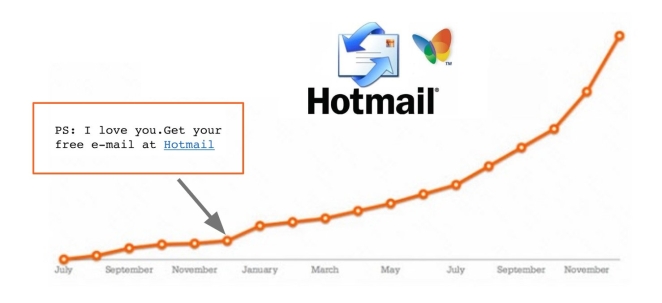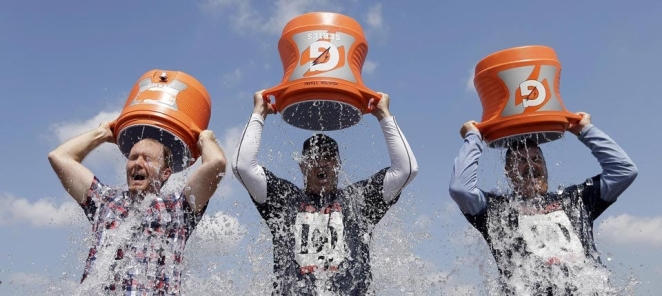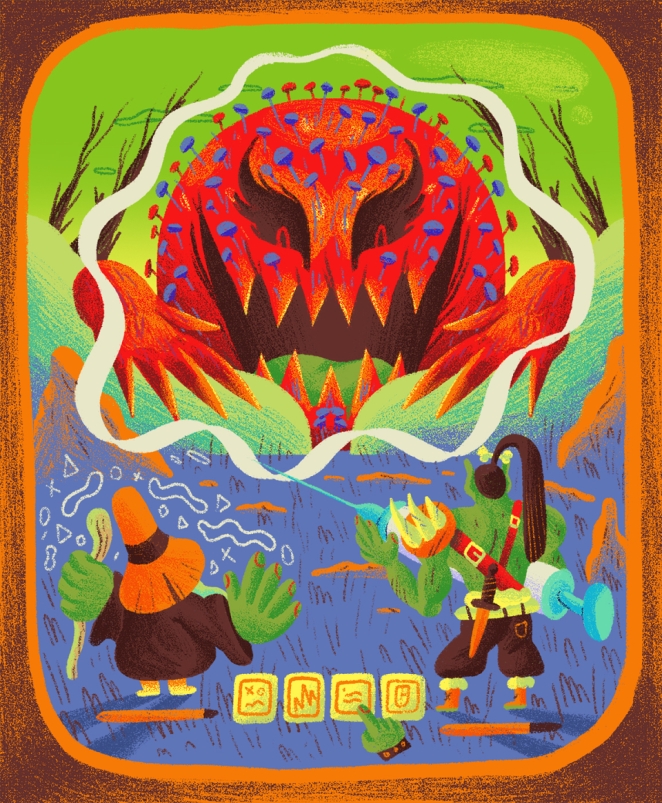If the recent global super-fame afforded “Hawk Tuah” girl Hailey Welch is any indication, viral success is a phenomenon that isn’t going anywhere anytime soon. It’s become a cornerstone not only of popular culture but of modern advertising, with brands today spending vast amounts of resources trying to effectively catch lightning in a bottle and generate “that viral moment”.
It's easy to see why. By its very nature, viral moments are cheap and easy with a potentially staggering reach, using the power of social media to spread a message like a trojan horse quickly and organically. To really understand its evolution, however, we first need to trace its origins and explore how it has transformed and evolved over the last 30 years.
Early Beginnings
The concept of viral marketing can be traced back to the pre-digital era, although it wasn't called that at the time. One of the earliest instances of viral-like marketing was the introduction of the Hotmail email service in 1996.

Hotmail included a simple tagline at the end of each email that read, “Get your free email at Hotmail,” encouraging recipients to sign up. This strategy rapidly increased Hotmail's user base, demonstrating the potential of word-of-mouth in the digital age.
The Advent of the Internet and Early Viral Campaigns
With the rise of the internet, viral marketing began to take on new forms. In the late 1990s and early 2000s, marketers started to realize the potential of the web to facilitate the rapid spread of content.
The "Subservient Chicken" campaign by Burger King in 2004 is a prime example. This interactive website allowed users to type commands for a man in a chicken suit to perform, blending humour and interactivity to capture the public’s imagination and drive massive traffic.
The Rise of Social Media
The mid-2000s saw the advent of social media platforms like MySpace, Facebook, and YouTube, which revolutionized viral marketing. These platforms provided a fertile ground for content to be shared and spread rapidly. Videos like “Charlie Bit My Finger” and “Evolution of Dance” became global sensations, not because of traditional advertising, but through shares and likes.
One of the standout examples from this period is the "Will It Blend?" series by Blendtec. These videos featured the company's blenders pulverizing various objects, from iPhones to marbles, showcasing the product’s power in an entertaining and shareable format. This campaign significantly boosted Blendtec’s brand awareness and sales.
Viral Marketing in the Modern Era
In recent years, viral marketing has become more sophisticated and integrated into broader digital marketing strategies. The rise of influencer marketing has played a significant role, with brands leveraging influencers’ reach to disseminate content more effectively. The ALS Ice Bucket Challenge in 2014, for example, saw celebrities and influencers participating in the campaign, raising awareness and millions of dollars for ALS research.

Red Bull is another exemplary case of modern viral marketing. The brand's strategy centres around creating and sponsoring extreme sports events, such as Felix Baumgartner’s supersonic freefall from the stratosphere in 2012. This event was not only a marketing triumph but also a media spectacle, with millions watching the live stream and sharing the content across social media platforms.
Key Elements of Successful Viral Marketing
Several elements contribute to the success of viral marketing campaigns:
- Emotional Engagement: Content that evokes strong emotions—whether humor, awe, or inspiration—tends to be shared more widely. For instance, videos like "Despacito" and “Baby Shark Dance” became viral due to their catchy and engaging nature.
- Shareability: Content needs to be easily shareable. The simplicity of sharing links or videos on social media platforms has been crucial to the success of viral campaigns.
- Timing and Relevance: Successful campaigns often tap into current events or trends, making them more relatable and likely to be shared.
- Interactive and Engaging Content: Interactive campaigns, like Burger King's "Subservient Chicken," encourage user participation, enhancing engagement and shareability.
Final Thoughts
The evolution of viral marketing from the early days of Hotmail’s clever tagline to the sophisticated, multi-platform strategies of today highlights its enduring power and its ability to bend and shift to changing trends.

Scott Balmer
It’s not big but it is deceptively clever and while nine times out of ten the biggest viral moments are completely accidental, any brand able to whip up that secret sauce and figure out the formula that makes the perfect viral moment will be mining gold for generations.





